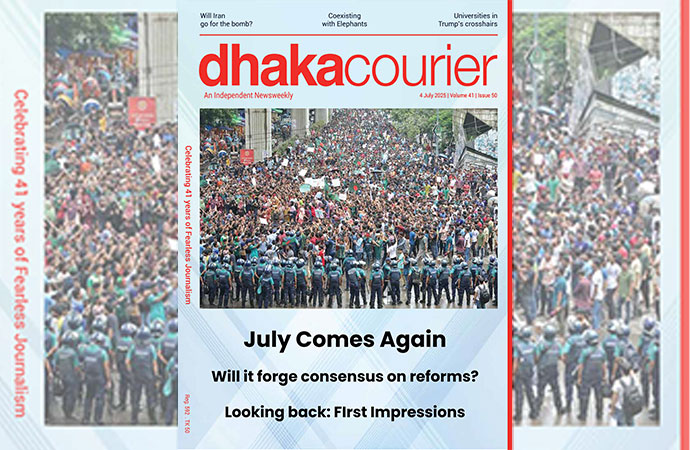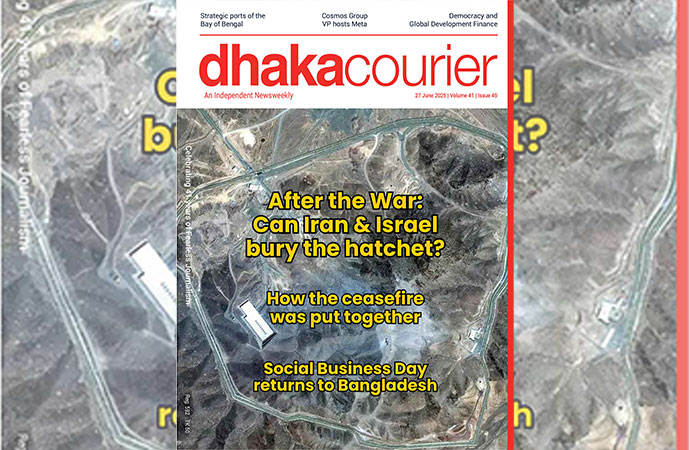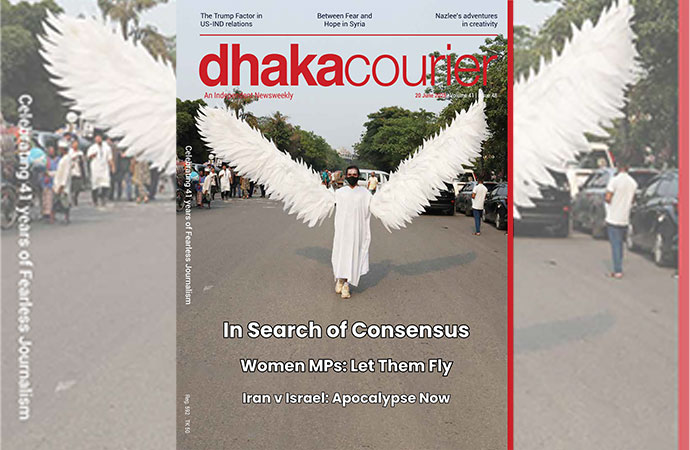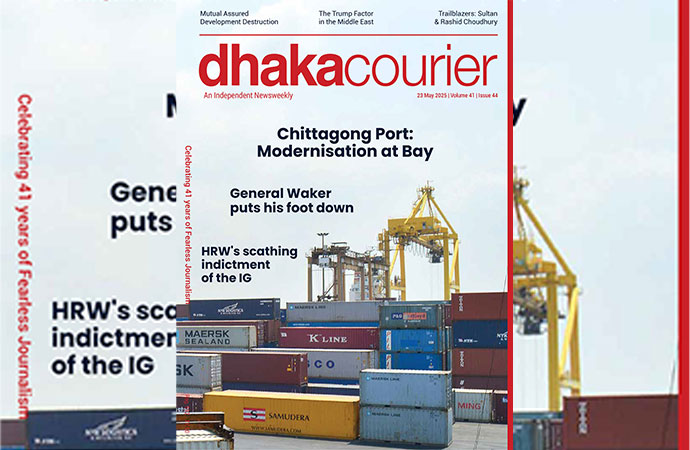Featured 1

For several decades, the prevailing wisdom has seen the countries of the global 'south' try and meet their most pressing challenges of eradicating poverty and sustaining economic development through economic liberalisation.
Free Trade Agreements are one of the principal instruments of trade and economic liberalisation that countries around the world have used extensively for this purpose. An FTA is an agreement between two or more countries where the countries agree on certain obligations that affect trade in goods and services, and protections for investors and intellectual property rights, and other things. While the specifics of each FTA vary, they generally provide for the reduction of trade barriers and the creation of a more predictable and transparent trading and investment environment.
For some reason - and protectionism, of the kind that is popular in the short term, has a major role in this - Bangladesh has remained famously reticent when it comes to negotiating such agreements for itself with other nations. The only FTA or PTA (preferential trade agreement) it has ever entered into is actually a regional one -the South Asia Free Trade Area, under the ambit of Saarc, which was signed by the eight member countries in 2004, and came into effect in 2006. Now we all know of course, the abject failure of Saarc to rise above the extremely challenging geopolitical tensions that defined relations between its two biggest nations at the time. The fact that much of the problems manifested in the critically important security dimension was enough the dream of a united South Asia fairly early on. More than 15 years down the line, you have what can only be described as an abysmal record of regional integration. Perhaps sensing this eventual fate, some of the countries even decided to re-engage bilaterally, and continued with their objectives of economic liberalisation through the rules-based multilateral trading system.
Despite SAFTA, Pakistan and Sri Lanka decided to sort out a bilateral trade agreement, while India also signed one with Sri Lanka. India also signed an FTA with Nepal. But through all these years, Bangladesh sat on the fence, risk-averse or maybe unwilling to leave its comfort zone. But we can no longer adopt that posture. In view of our upcoming graduation out of the LDC club, the government has committed to revising its guidelines on both PTAs and FTAs. Prepared by the Ministry of Commerce, the 'Policy Guidelines for Preferential Trade Agreement (PTA)/Free Trade Agreement (FTA)-2020' are said to take into account evolving global and domestic economic and trade patterns. Unlike the previous guidelines, which are focused on goods and services, the revised protocols look to address a number of emerging issues, notably intellectual property rights, technology and the environment.
The revisions come at a time when the country is looking to accelerate its trade agreements programme in a bid to mitigate the effect of losing all the concessions or benefits it enjoys as an LDC on Graduation Day - January 1, 2026. This will require a transition to be as seamless as possible - that is why with most governments, Bangladesh is negotiating to have the identical system of benefits they enjoy now as an LDC, to stay in place for a cushion period -some countries have committed to three years past graduation.
While Bangladesh currently has no bilateral trade agreements it place, it is known to be in negotiations with a number of countries, and even some regional blocs - e.g. the Gulf Cooperation Council in the Middle East. But our glaring inexperience in trade negotiations, even compared to countries in our own region, has already left us playing catch up.

























Leave a Comment
Recent Posts
Harrowing stories of rescue em ...
In the frantic hours after a wall of water engulfed camps and homes in ...
On the chin: Trump’s tariff a ...
The 90-day pause on Donald Trump’s radical restructuring of Amer ...
Reimagining the OST: ‘Utshob’ is an ode to the 90s, ..
‘Married to Journalism’: Adieu to Shamim Ahmad
The High Court released the full text of its judgmen ..
Chipmaker Nvidia became the first public company to ..